
Spring — a time for renewal and rejuvenation, not just for the earth but for our living spaces too. It's the season to throw open the windows, breathe in the fresh air, and revitalize our homes after a long winter! But where do you even start? With our ultimate spring cleaning checklist, your home will go from winter-worn to a springtime sanctuary, one list item at a time.
Before you even think about cleaning, decluttering should be your first step. Divide your items into what to keep, what to throw away, and what to donate. Use the "Have I used this in the last year?" rule to help make decisions.
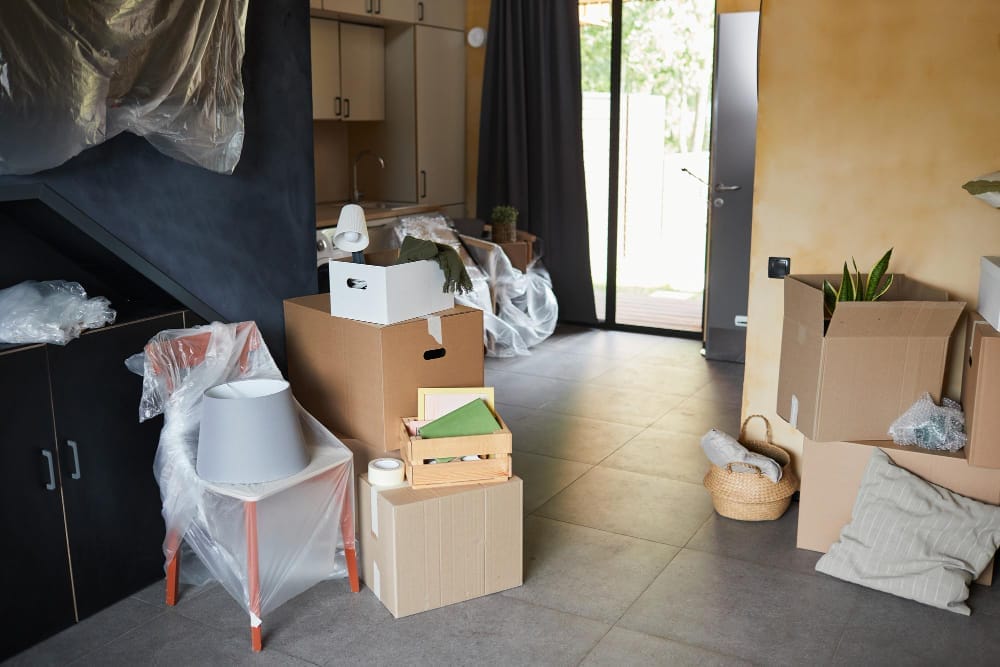
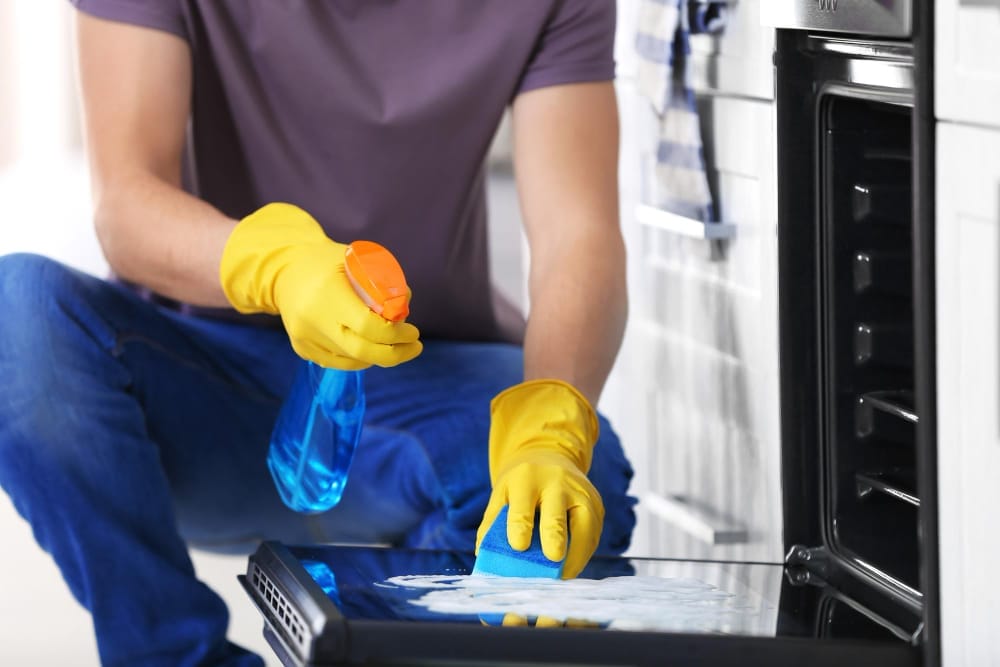
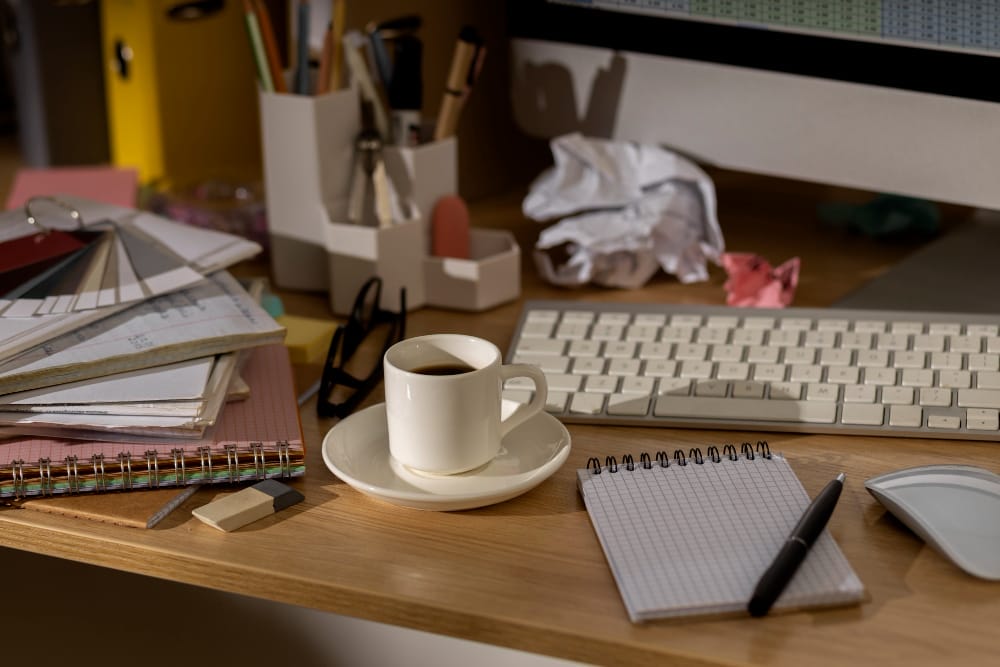
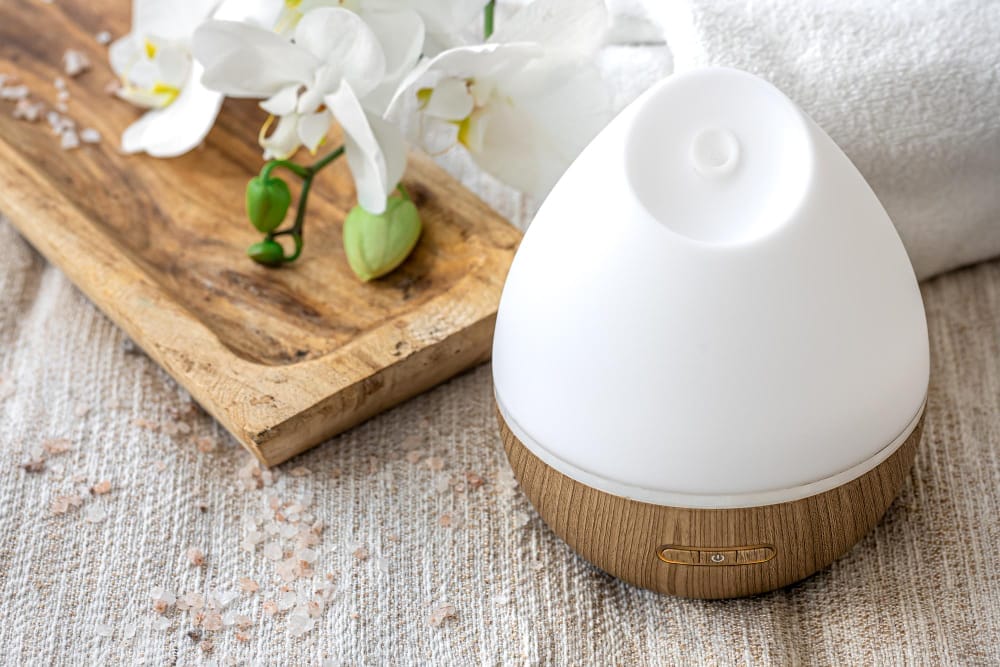
At Bio-One of Pittsburgh, we understand that some cleanup tasks go beyond the scope of routine dusting and mopping. Whether it's a situation that involves blood, pathogens, or other potentially infectious materials, our team of professionals is equipped with the necessary knowledge and tools to safely clean and restore your environment.
For properties in need of a deeper level of cleaning, our gross filth cleanup and deep cleaning services are invaluable. These services are particularly useful in scenarios where neglect, decay, or prolonged periods without maintenance have resulted in a significant accumulation of debris and contamination.
Bio-One of Pittsburgh is always ready to assist you in unexpected situations. Our expert specialists are always ready to assist you in dealing with highly pressurized situations that may be emotionally and physically draining, allowing you to focus on other vital activities while healing in a sanitary environment. Locally owned and operated, we provide the following:
Bio-One works closely with victim support centers nationwide and local authorities, communities, emergency services personnel, hoarding task forces, apartment communities, insurance companies, and other organizations to accomplish each customer's most efficient and superior service possible.
Many crime scene cleanup companies may face unexpected, unfortunate life events. Still, Bio-One is the right choice because of our expertise and profoundly caring and discreet specialists.
We are proud members of the NAPO Pittsburgh - National Association of Productivity & Organizing Professionals!
Bio-One of Pittsburgh serves the following Pennsylvania counties: Allegheny County, Washington County, Beaver County, Butler County, Armstrong County, Westmoreland County, Lawrence County, Greene County, Fayette County, and Mercer County.
We also serve the following cities and surrounding communities: from Allison Park all the way to Creighton, Crescent, Cuddy Curtisville, Millvale, Monroeville, Oakmont, Pitcairn, Pleasant Hills, Plum, Port Vue, Presto, Rankin, Rennerdale, Rural Ridge, Russellton, Sharpsburg, South Park to Springdale, we are ready to help you.

Death is a painful and emotional experience, often leaving families not just with deep grief, but also with the immediate and difficult task of managing the aftermath. Ensuring the safety of their home, the well-being of those within, and restoring some sense of normalcy is a challenge that's almost unbearable to face alone. For over 20 years, Bio-One has provided an invaluable service to families in these trying moments. Our dedication to cleaning after a loved one passes and restoring homes with the utmost compassion and professionalism has been a beacon of hope in dark times.
Let's take a look at the emotional, physical, and financial impacts on those facing the aftermath of a death, and Bio-One's unique role in helping.
In the immediate aftermath of a death, emotions run high. Families face the daunting task of informing loved ones, making funeral arrangements, and coping with the loss. Navigating this emotional turmoil can leave little room to address practical concerns, yet the need for a safe, clean environment is paramount.
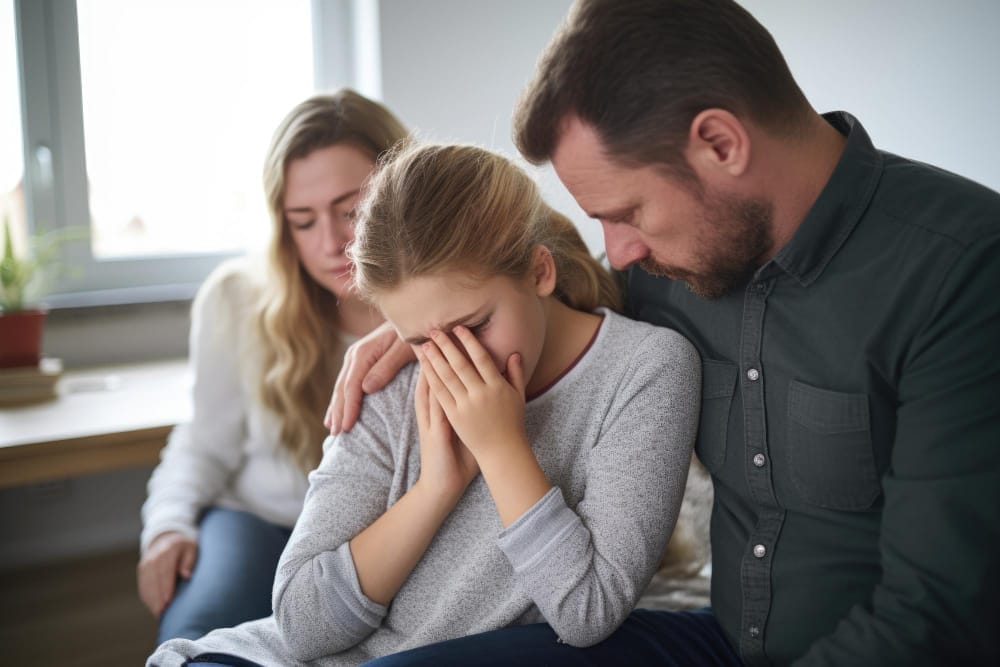
The aftermath of a death often leads to a complex set of physical and financial circumstances. Depending on the circumstances, families may have to secure their property and manage any biohazards that could pose a health risk.
Bio-One's comprehensive approach to cleaning encompasses everything from bio-recovery to sanitization, deodorization, and the removal of hazardous materials. This not only ensures the safety of those in the home but also alleviates the formidable task of the family, giving them the space to focus on each other and the healing process.
Bio-One's process involves an initial assessment to understand the scope, a plan created with the family's input, and the execution of the cleanup with full transparency and communication.
Our company's motto, "Help First, Business Second" reflects a deep-rooted philosophy of prioritizing the family's well-being above all else. As we deliver on this promise, Bio-One ensures that families are not alone in their tragedy, but have a compassionate team assisting them every step of the way when cleaning after a loved one passes.
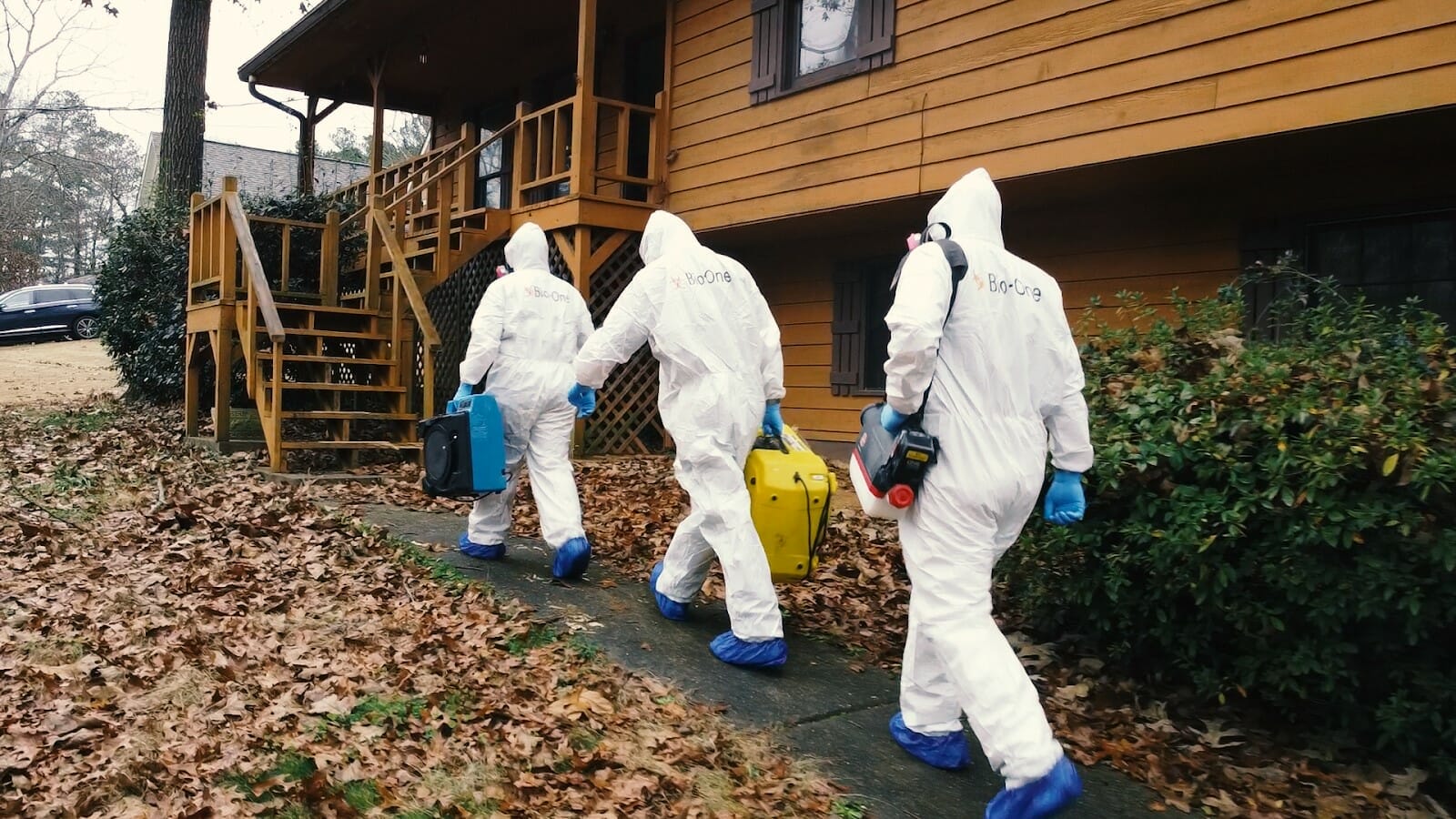
Real-life stories are a testament to Bio-One's profound impact. Case studies where families have been helped to restore their homes and testimonies that highlight the care and professionalism of the team offer solace and proof that there's a way through the darkness.
These narratives not only provide comfort to those currently facing a loss but also serve as a beacon of hope for the future, showing that challenges can be overcome and that, with the right support, life can resume with purpose. Here's a story from our friends at Oceanside, CA. Fortunately, customer's family member did not pass away, but was involved in an accident in their home:
In the immediate aftermath of a death, families can take several steps to ensure their safety and well-being. From securing the property to accessing support services, these proactive measures can offer some control during a time when everything may feel out of reach. Bio-One has compiled a list of tips and resources to help families navigate the difficult process of cleaning after a loved one passes:
Compassionate Closure: Share and Seek Help
This post aims to be a resource for families in crisis, guiding them toward the help they need and the steps they can take to ease their burden. In reaching out to Bio-One, families can find an anchor in the storm, knowing that professionals with a heart for service will be there to assist them. With over 140 locations Nationwide, Bio-One is ready to help our community when they need us most.
Bio-One of Pittsburgh is always ready to assist you in unexpected situations. Our expert specialists are always ready to assist you in dealing with highly pressurized situations that may be emotionally and physically draining, allowing you to focus on other vital activities while healing in a sanitary environment. Locally owned and operated, we provide the following:
Bio-One works closely with victim support centers nationwide and local authorities, communities, emergency services personnel, hoarding task forces, apartment communities, insurance companies, and other organizations to accomplish each customer's most efficient and superior service possible.
Many crime scene cleanup companies may face unexpected, unfortunate life events. Still, Bio-One is the right choice because of our expertise and profoundly caring and discreet specialists.
We are proud members of the NAPO Pittsburgh - National Association of Productivity & Organizing Professionals!
Bio-One of Pittsburgh serves the following Pennsylvania counties: Allegheny County, Washington County, Beaver County, Butler County, Armstrong County, Westmoreland County, Lawrence County, Greene County, Fayette County, and Mercer County.
We also serve the following cities and surrounding communities: from Allison Park all the way to Creighton, Crescent, Cuddy Curtisville, Millvale, Monroeville, Oakmont, Pitcairn, Pleasant Hills, Plum, Port Vue, Presto, Rankin, Rennerdale, Rural Ridge, Russellton, Sharpsburg, South Park to Springdale, we are ready to help you.

Selling your home can be as much an art as it is a business transaction. The right renovations and improvements can significantly boost your home's appeal, attracting more potential buyers and ultimately increasing its sale price. But how do you begin cleaning a house for sale?
In this comprehensive post, we'll walk you through the best renovation tips to ensure your home is market-ready. From understanding local buyer trends to deciding between DIY and hiring professionals, we’ll cover everything you need to know to maximize the value of your property. Please note we are not Real Estate professionals and our intention is to provide general information and helpful tips in preparing your home for sale!
Before you swing a hammer or apply a fresh coat of paint, take a step back and research the Real Estate market. Understanding what buyers in your area are looking for can help you make informed decisions about the renovations that will offer the best return on investment (ROI). Here’s how to get started:
Spend time browsing local home listings to get a sense of what's selling and for how much. Are updated kitchens in high demand? Do buyers prefer open floor plans? Local Real Estate Agents can also be a wealth of knowledge, providing insights on recent trends and features that helped those homes move quickly.

Certain renovations consistently provide a high ROI, such as installing hardwood floors, updating bathroom fixtures, and adding fresh paint. Look for these key areas in your research and lean toward improvements that have broad buyer appeal.
Your home’s first impression is crucial. Curb appeal is what draws potential buyers in and can ultimately lead to a sale. Here are some top tips for enhancing this vital aspect of your home:
A well-kept yard, trimmed bushes, and a freshly mowed lawn can make a substantial difference. Consider planting seasonal flowers and ensuring that your garden is well-kept.
Repainting the exterior, fixing up the front porch, and ensuring that all external lighting is functional and attractive can greatly enhance the appeal of your home.
The front door is the focal point of the home's exterior, so make sure it’s inviting. Refinishing or repainting the door, updating the hardware, or even replacing it with a modern, energy-efficient alternative can be a simple yet effective upgrade.

Buyers often focus on the home's interior, especially the kitchen and bathrooms. Here are some tips for ensuring these spaces shine:
The kitchen is the heart of the home and a major selling point. Consider updating cabinetry, refreshing countertop surfaces, and investing in new, modern appliances.

Bathrooms with good storage, clean lines, and new, or well-maintained fixtures attract buyers' attention. A fresh coat of paint or regrouting tiles can also make a world of difference.
Replace any outdated carpet with hardwood or laminate, if possible. Ensure all lighting is modern and functional—well-lit spaces look larger and more welcoming. Fresh, neutral-colored paint can also make a home feel new and clean.
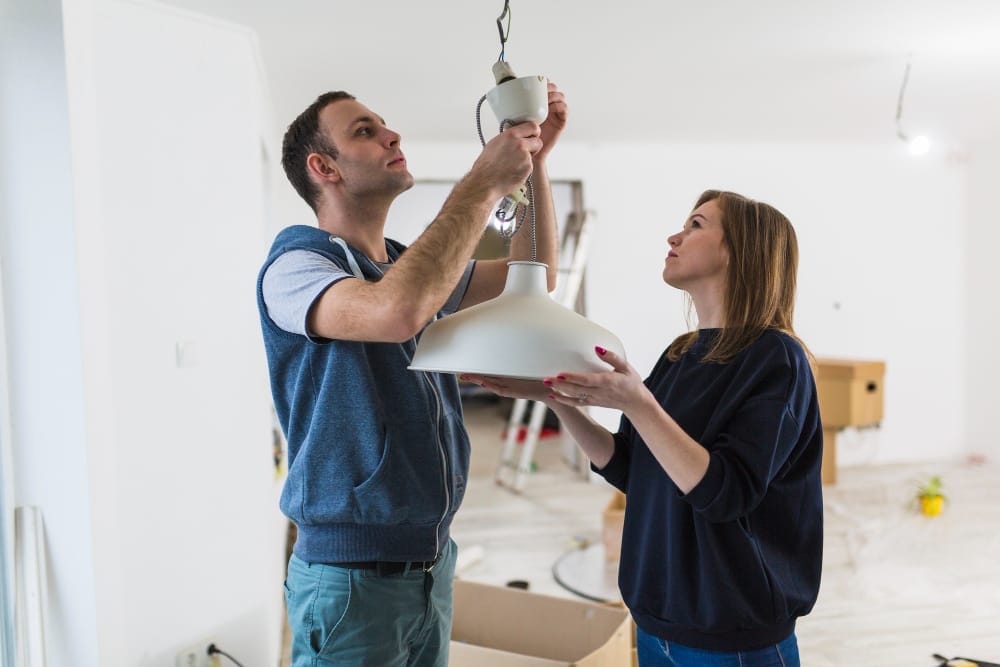
In an increasingly eco-conscious market, energy-efficient features and smart home technology can be major selling points. Consider the following upgrades:
Installing energy-efficient windows, adding insulation, and opting for sustainable materials not only appeal to environmentally-aware buyers, but can also lower utility bills, which is a significant perk for any homeowner.
Smart thermostats, security systems, and lighting can make your home more comfortable and secure. They also add a high-tech appeal that many buyers, especially younger ones, find attractive.
One of the most critical aspects of renovation is managing your budget and time effectively. These tips should help you stay on track:
Prioritize renovations based on their potential impact and create a budget that includes a buffer for unexpected expenses. Remember, you're looking to add value without over-capitalizing.
Realistically assess how much time each project will take and the order they need to happen. Many sellers find it beneficial to work backward from their desired listing date to ensure they have enough time for each renovation.
The question of who to entrust with your home improvements can be a major one for sellers. Here are some factors to consider:
Contractors can offer speed, quality, and often a wider array of options than the average homeowner tackling a DIY project. They also handle permitting and can be accountable for the outcomes, which is valuable during the stressful selling process.
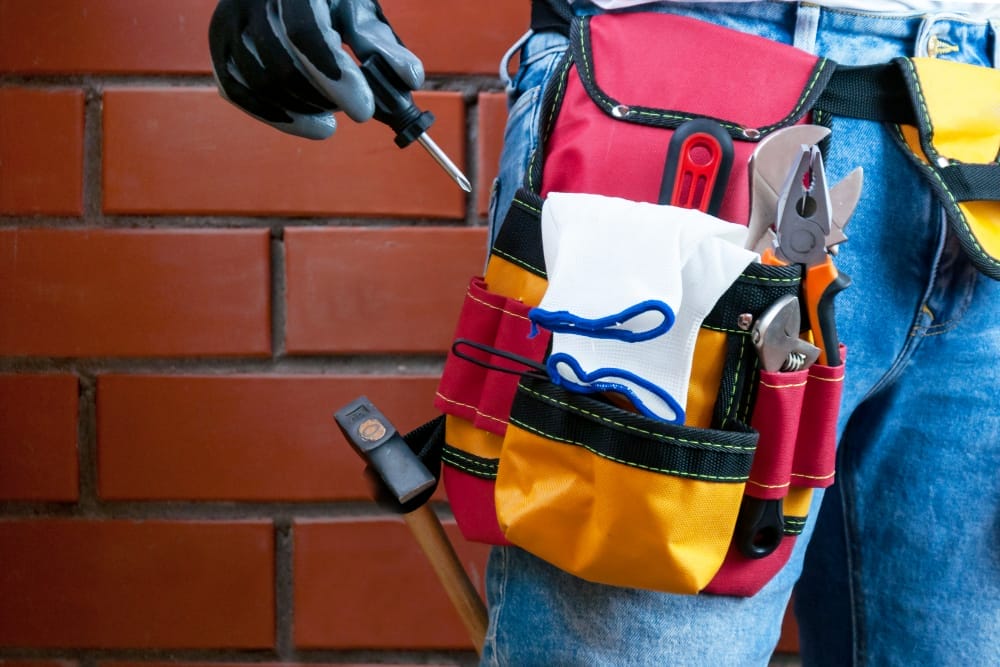
The most significant advantage of DIY is cost savings. If you or the person working with you has a background in construction or renovation, you may feel comfortable handling simpler projects. Additionally, smaller, manageable projects may be more efficiently done by the homeowner.
Once your renovations are complete, the next step is to ensure that potential buyers are aware of the value you've added to the property. Here’s how to market your home effectively:
Whether it's a new roof or an updated kitchen, make sure to feature your home's renovations prominently in the listing. This is often the first thing buyers will see, so it’s crucial to make a good impression.
Visuals are powerful tools. If you've completely transformed a space, showing the before-and-after can help buyers understand and appreciate the work that's been done.
When staging your home for an open house, make sure that the renovations are front and center. Buyers walking through should immediately notice the updated features and the overall quality of the renovations.
Cleaning a house for sale is a significant undertaking, but with the right approach, it can be a rewarding one. Focus on making the most significant impact with the renovations you choose, and be sure to market the most appealing aspects of your home effectively. If you’re feeling overwhelmed, consider hiring a professional to help guide you through the process.
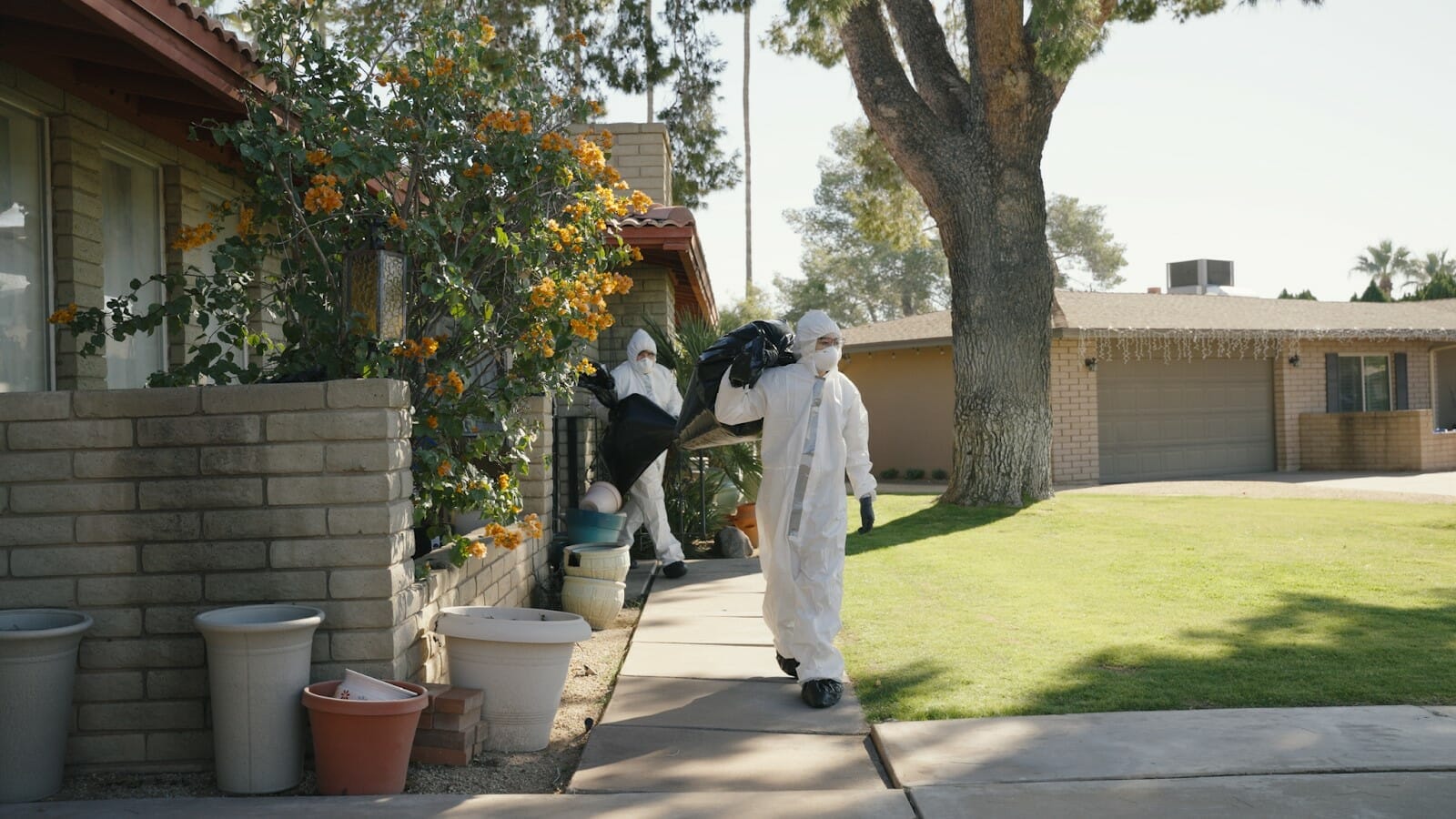
Remember, the goal is to make your home a highly desirable property that stands out from the competition. Taking the time to make necessary renovations, declutter, and deep clean can significantly impact the success of your sale. With Bio-One's hoarding cleaning services, you can trust that your home will be in pristine condition for potential buyers to view. Our services are tailored to meet your specific needs. Give us a call to see how we can help with cleaning a house for sale!
Bio-One of Pittsburgh is always ready to assist you in unexpected situations. Our expert specialists are always ready to assist you in dealing with highly pressurized situations that may be emotionally and physically draining, allowing you to focus on other vital activities while healing in a sanitary environment. Locally owned and operated, we provide the following:
Bio-One works closely with victim support centers nationwide and local authorities, communities, emergency services personnel, hoarding task forces, apartment communities, insurance companies, and other organizations to accomplish each customer's most efficient and superior service possible.
Many crime scene cleanup companies may face unexpected, unfortunate life events. Still, Bio-One is the right choice because of our expertise and profoundly caring and discreet specialists.
We are proud members of the NAPO Pittsburgh - National Association of Productivity & Organizing Professionals!
Bio-One of Pittsburgh serves the following Pennsylvania counties: Allegheny County, Washington County, Beaver County, Butler County, Armstrong County, Westmoreland County, Lawrence County, Greene County, Fayette County, and Mercer County.
We also serve the following cities and surrounding communities: from Allison Park all the way to Creighton, Crescent, Cuddy Curtisville, Millvale, Monroeville, Oakmont, Pitcairn, Pleasant Hills, Plum, Port Vue, Presto, Rankin, Rennerdale, Rural Ridge, Russellton, Sharpsburg, South Park to Springdale, we are ready to help you.

Chaos often sets in when tear gas is deployed. Whether you find yourself caught in its path during a peaceful protest or in an emergency, knowing what to do in the critical moments following tear gas exposure is imperative for your safety and well-being. In this detailed blog, we'll walk you through the precise steps you, a first aid responder, or a health advocate, should take after exposure. Timely and appropriate action can prevent potential health complications in the long run.
Tear gas, or CS gas, is a chemical substance used by law enforcement to disperse crowds. It's a potent irritant that affects the eyes, respiratory system, and skin. Not only is it a tool for crowd control, but it can also be a method for establishing force and control. The most common immediate effects include extreme tearing, pain in the throat, difficulty breathing, and skin irritation.

The first instinct when tear gas is deployed is often to run. However, try to move to high ground and areas upwind from the source. Tear gas can linger close to the ground, so being elevated can reduce exposure levels.
Tear gas particulates can adhere to clothing. Quickly removing any affected garments can prevent further irritants from being inhaled or making contact with your skin.
Rapid and thorough washing of the eyes and exposed skin is crucial. Use large quantities of water or a saline solution. Tilt your head to the side and open your eyelids wide to ensure that all parts of the eye are rinsed.
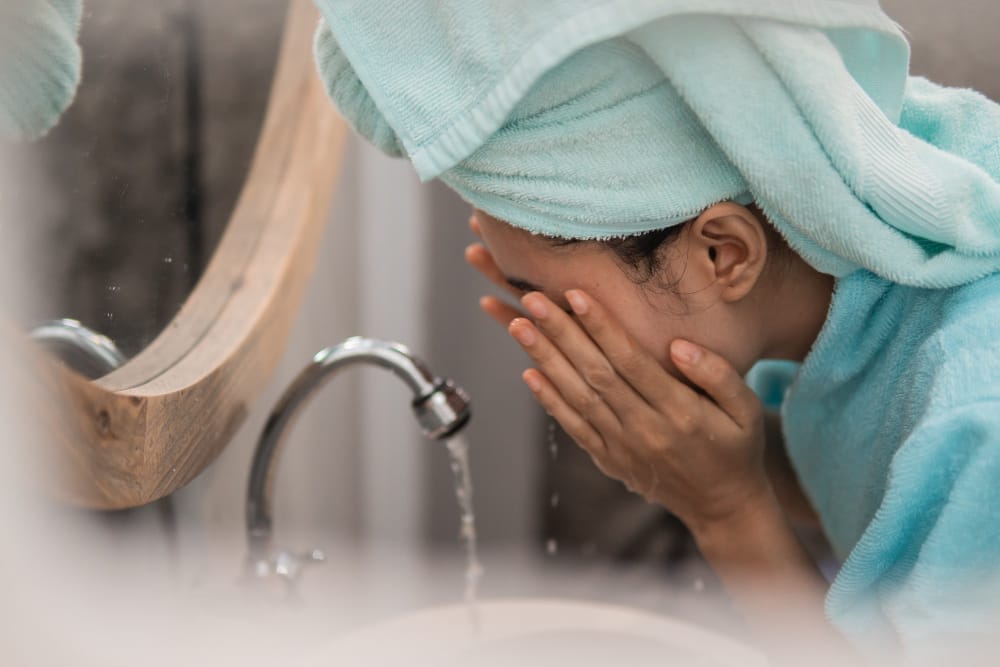
As you move to safety, blinking aggressively can help your body's natural tears flush out the irritants. Blinking frequently is an excellent defense mechanism against painful tearing.
Breathing through a damp cloth or a mask saturated with water can help reduce the inhalation of irritant particles. Ensure the cloth is clean and free of substances that could further harm you.
If you are experiencing severe symptoms, such as debilitating eye pain or vision changes, excessive coughing or difficulty breathing, or if the irritant is still present in your eyes or on your skin despite initial washing, you should seek immediate medical attention.
Be prepared to tell the healthcare provider what substance was used (if known) and describe the nature and duration of your exposure. This will help them determine the best course of treatment for you.
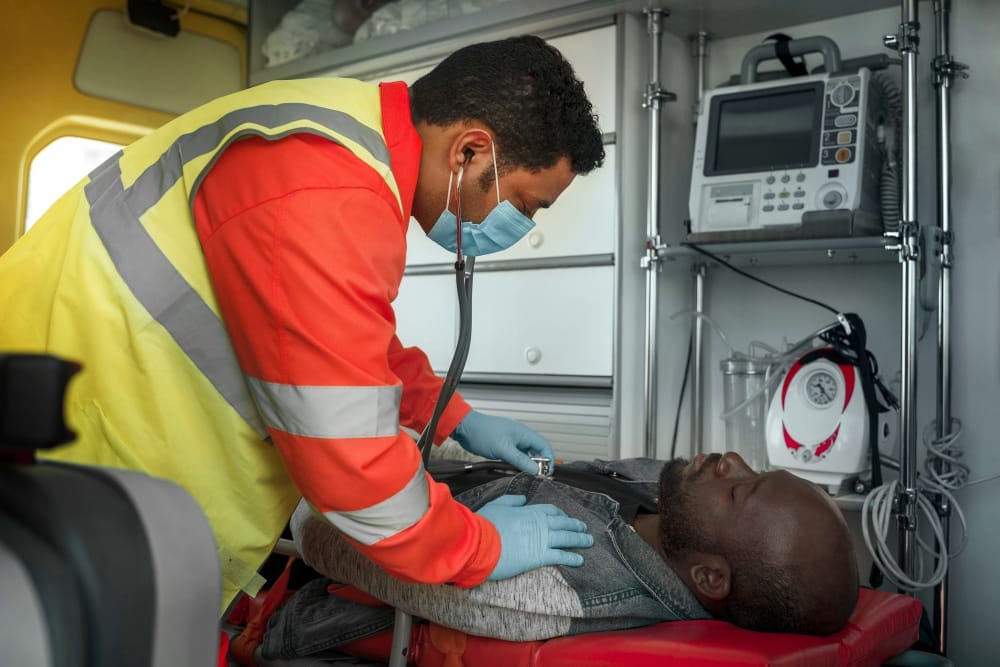
Tear gas residue can continue to irritate if it remains on clothing or personal items. If contamination is minimal or mild, wash all affected items with abundant water and detergent. The clothing should be washed separately to avoid contaminating other items. If contamination is prolonged and severe, discarding these items is best.
Rallies and protests can be incredibly stressful, especially when they escalate. If your exposure to tear gas has caused you severe anxiety or symptoms of PTSD, consider seeking mental health support.
Keep an eye out for any respiratory issues, such as a persistent cough or changes in vision. If these occur, seek medical help as soon as possible. It's also a good idea to document your symptoms in case they worsen or if legal action becomes necessary.
Reacting to tear gas exposure requires composure and quick thinking. By following these instructions, you can minimize the immediate effects and reduce the risk of long-term health complications. Safety should always be your top priority, and being prepared can make all the difference.
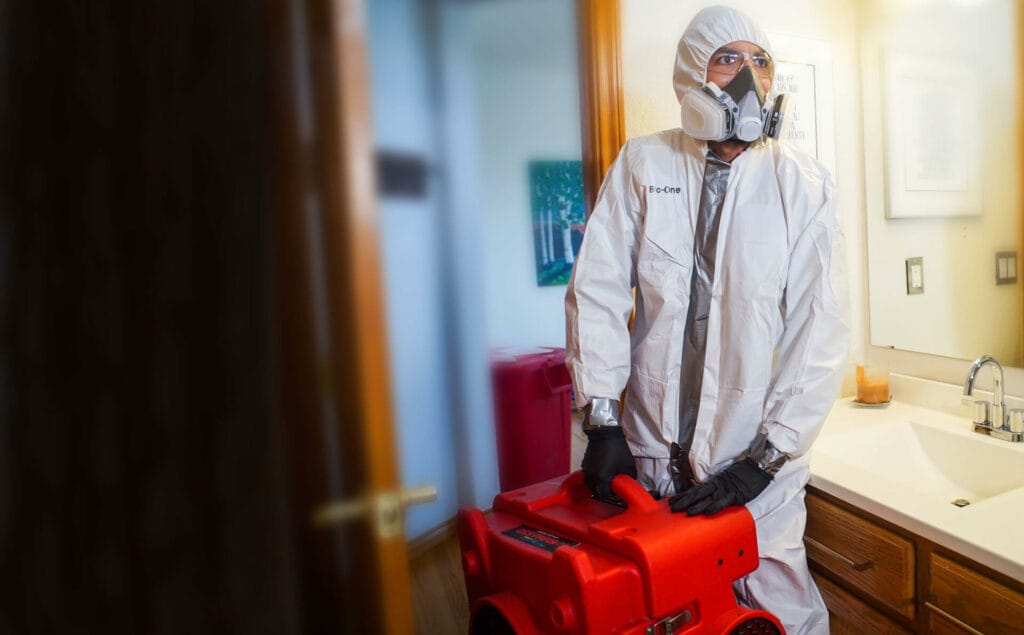
If you require assistance with the aftermath of tear gas exposure, Bio-One is here to help. Our team specializes in biohazard remediation and can safely and thoroughly clean up any residue left behind by tear gas. Contact us today for more information!
Bio-One of Pittsburgh is always ready to assist you in unexpected situations. Our expert specialists are always ready to assist you in dealing with highly pressurized situations that may be emotionally and physically draining, allowing you to focus on other vital activities while healing in a sanitary environment. Locally owned and operated, we provide the following:
Bio-One works closely with victim support centers nationwide and local authorities, communities, emergency services personnel, hoarding task forces, apartment communities, insurance companies, and other organizations to accomplish each customer's most efficient and superior service possible.
Many crime scene cleanup companies may face unexpected, unfortunate life events. Still, Bio-One is the right choice because of our expertise and profoundly caring and discreet specialists.
We are proud members of the NAPO Pittsburgh - National Association of Productivity & Organizing Professionals!
Bio-One of Pittsburgh serves the following Pennsylvania counties: Allegheny County, Washington County, Beaver County, Butler County, Armstrong County, Westmoreland County, Lawrence County, Greene County, Fayette County, and Mercer County.
We also serve the following cities and surrounding communities: from Allison Park all the way to Creighton, Crescent, Cuddy Curtisville, Millvale, Monroeville, Oakmont, Pitcairn, Pleasant Hills, Plum, Port Vue, Presto, Rankin, Rennerdale, Rural Ridge, Russellton, Sharpsburg, South Park to Springdale, we are ready to help you.
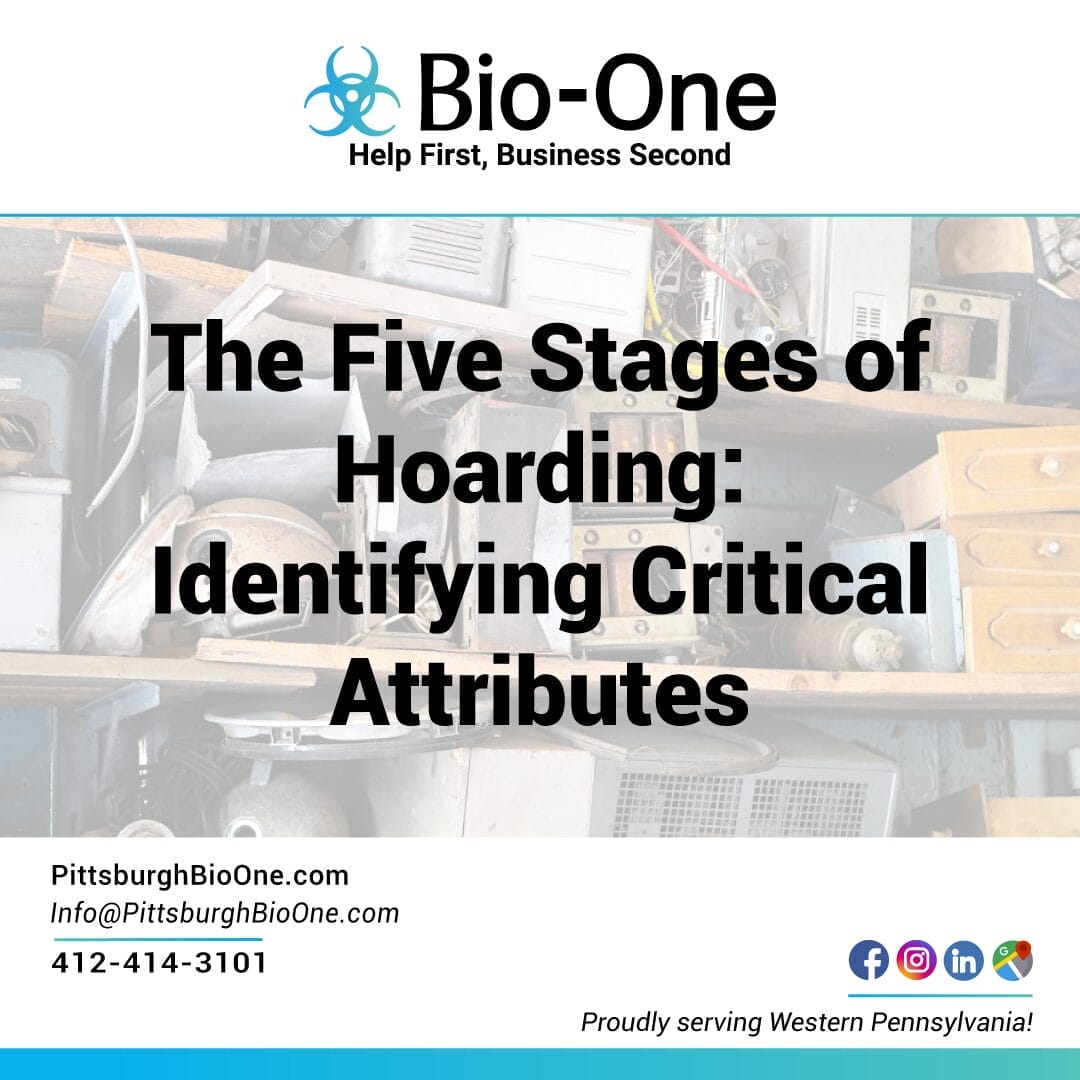
Hoarding, a mental health condition often stigmatized but little understood, is a gradual process that can significantly impact a person's life, their family, and potentially the entire community. In this comprehensive guide, we break down the five stages of hoarding, shedding light on critical attributes in each phase and offering strategies for intervention and support.
Whether you're a homeowner trying to prevent hoarding tendencies, a professional addressing hoarding with a client, or a concerned loved one, understanding these stages is the first step to tackling this challenging issue!
For many, hoarding brings to mind the reality television shows that raise awareness about this enigmatic disorder. But hoarding goes beyond what's portrayed on screen; it's a behavioral pattern that begins subtly and can evolve into a crippling situation. At the heart of hoarding is the difficulty in parting with possessions, often driven by an attachment that others might find irrational or inexplicable. Hoarders don't simply have cluttered homes — they experience a deep emotional conflict when faced with the prospect of discarding items.
Take a look at the five stages of hoarding. We hope this information serves as a roadmap for understanding and addressing hoarding behaviors in someone you know or care about.
The first stage of hoarding usually starts with a seemingly harmless habit: acquiring items. This behavior isn't problematic in and of itself, but for individuals with hoarding tendencies, it can quickly become an obsession. Compulsive buying or acquisition is often a source of comfort, control, or even excitement for hoarders. Whether it's through shopping, collecting free items, or inheriting possessions, these actions serve a psychological need, providing temporary relief from anxiety, loneliness, or other underlying issues.
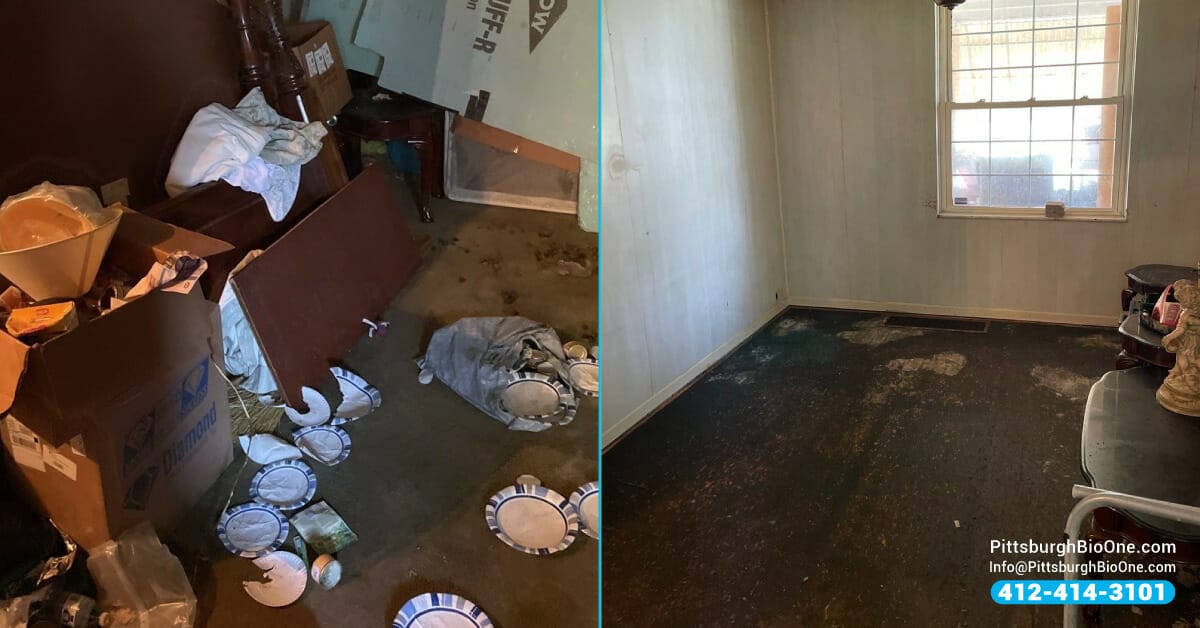
Acquired items lead to the second stage: clutter. The transition from acquisition to clutter is gradual and not often recognized until living spaces become difficult to use for their intended purpose. The accumulation of possessions encroaches on daily living, often spilling into hallways, living rooms, kitchens, and other communal areas. At this stage, organizing these items becomes a herculean task, and their sheer presence can become overwhelming.
Clutter can lead to increased stress and anxiety, as well as a sense of helplessness in those trying to live amongst it. For individuals with hoarding tendencies, every item has a perceived value or use, making decisions about what to keep and what to discard increasingly difficult. The presence of clutter also hampers basic household functions such as cooking, cleaning, and personal hygiene.
The third stage of hoarding sees a significant increase in the accumulation of items. At this point, the compulsion to acquire is fueled by the inability to sort through or discard anything, resulting in an overabundance of possessions. The living areas become fully engulfed, and every available nook and cranny is filled, often to the point of structural unsoundness.
Individuals at this stage often cite the 'just in case' rationale for keeping items. The fear that they might need something they've thrown away is almost paralyzing, so they feel compelled to keep everything. This behavior is reinforced by the perceived value and utility of the items, which further justifies their retention.

At this point, professional organizers and psychologists specializing in Hoarding Disorder can provide the necessary support. Cognitive-behavioral therapy (CBT), with a focus on exposure and response prevention, can help hoarders challenge and change their thought patterns and compulsions before the situation becomes even more overwhelming.
In the fourth stage, the hoarding behavior begins to have a noticeable impact on the person's ability to function in their daily life. The clutter and excessive accumulation make it almost impossible to lead a typical existence within their home. Basic activities such as bathing, cooking, using the bathroom, and even sleeping can become challenging or impossible.
The decline in functionality is often accompanied by a breakdown in personal hygiene. Hoarders living in unsanitary conditions can face an increased risk of illness and infestation, as clutter becomes a harbinger for pests and bacteria. Health professionals may need to become involved to address any possible physical health issues related to living in such environments.
Functional impairment can be linked to other mental health challenges, such as depression, anxiety, and other mood disorders. For many hoarders, their living conditions become a visible manifestation of their inner turmoil and a barrier to receiving essential care and support.

This is the convergence of all the previous stages of hoarding, culminating in a setting that poses not just psychological and social risks, but grave health and safety risks as well. By this point, the living environment is likely to be so hazardous that it can result in accidents, fires, and even death.
Common health risks at this stage include respiratory issues from living in clutter that prevents proper air circulation, as well as the spread of infectious diseases due to poor sanitation. Structural issues in the home can also pose dangers, and the hoarder's ability to receive emergency assistance can be severely compromised.
Hoarders in this stage might face legal consequences, especially if their home becomes a matter of public health. Their personal and social networks are often stretched to the breaking point, and the individual may become increasingly isolated as their situation deteriorates.

Understanding the stages of hoarding is vital for anyone affected by this condition. From individuals to family members, mental health professionals, and community services, a collective and informed approach can support those struggling with hoarding to reclaim their lives. Remember, the road to recovery is often long and filled with challenges, but help is available.
At Bio-One of Pittsburgh, we specialize in the cleaning and restoration of hoarder houses, working with compassion and discretion to ensure a safe and habitable home for those affected. Call our specialists and get started with help for any of the previously described stages of hoarding! It's never too soon to ask for help.
Bio-One of Pittsburgh is always ready to assist you in unexpected situations. Our expert specialists are always ready to assist you in dealing with highly pressurized situations that may be emotionally and physically draining, allowing you to focus on other vital activities while healing in a sanitary environment. Locally owned and operated, we provide the following:
Bio-One works closely with victim support centers nationwide and local authorities, communities, emergency services personnel, hoarding task forces, apartment communities, insurance companies, and other organizations to accomplish each customer's most efficient and superior service possible.
Many crime scene cleanup companies may face unexpected, unfortunate life events. Still, Bio-One is the right choice because of our expertise and profoundly caring and discreet specialists.
We are proud members of the NAPO Pittsburgh - National Association of Productivity & Organizing Professionals!
Bio-One of Pittsburgh serves the following Pennsylvania counties: Allegheny County, Washington County, Beaver County, Butler County, Armstrong County, Westmoreland County, Lawrence County, Greene County, Fayette County, and Mercer County.
We also serve the following cities and surrounding communities: from Allison Park all the way to Creighton, Crescent, Cuddy Curtisville, Millvale, Monroeville, Oakmont, Pitcairn, Pleasant Hills, Plum, Port Vue, Presto, Rankin, Rennerdale, Rural Ridge, Russellton, Sharpsburg, South Park to Springdale, we are ready to help you.
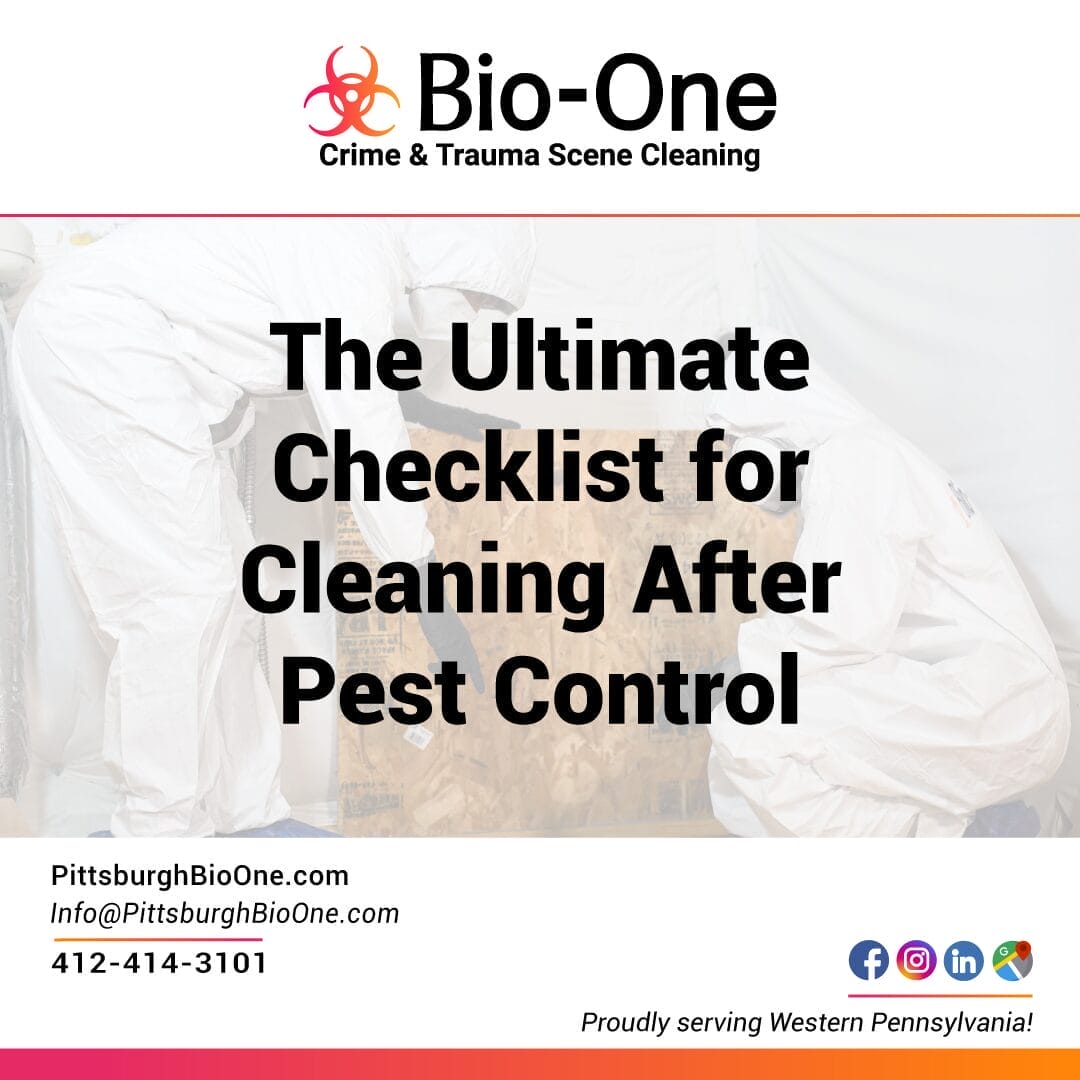
When you've finally ridden your space of those unwelcome guests, there's still work to be done. Post-pest control cleaning is perhaps the most crucial step in the entire pest management process, providing a clean, safe, and nuisance-free environment to get back to your daily life.
This comprehensive guide is tailored to help homeowners and property managers tackle the task of cleaning up after pest control services thoroughly. By following this checklist, you'll ensure that you not only remove pest remnants but also prevent future infestations and safeguard your property against potential health hazards.
Why is cleaning after pest control essential? While the pest control treatment may have effectively eliminated the pests, there are copious reasons to ensure a thorough cleaning afterward:
Before breaking out the cleaning supplies, there are a few steps you should take to prepare the affected area:
Remove Belongings
If possible, remove any personal items from the treated area. Clothes, toys, or any other items that aren't secure in closed containers should be taken out. This not only protects your things from any lingering pesticide but also gives pests fewer hiding spots.
Ventilate the Area
Open all windows and doors to allow fresh air to circulate and any residual pesticide to dissipate. If weather permits, keep the space ventilated for a few days. Proper ventilation can significantly reduce the pesticide's toxicity in the air and on surfaces.
Use Protective Gear
Although the area might look safe, some pesticides can still be present. Wear gloves, a mask, and, if required by the pesticide's instructions, eye protection.

Here's a simple guide to get you started:
Spray the floors and areas with a strong, EPA-approved disinfectant, and hot water. This will help remove any pesticide residues and eliminate odors that could attract pests back into your home.
Pay special attention to countertops, shelves, and other surfaces where food is stored or prepared. Use a disinfectant to kill any bacteria or pathogens that pests may have left behind.
Wash all fabrics, including curtains, linens, and clothes that were in the treated area. Use the hottest water temperature possible, and add an extra rinse cycle to ensure that all pesticides are removed.
Inspect the area for any cracks or openings that pests could use to enter. Seal these with caulk or steel wool to prevent a new infestation.
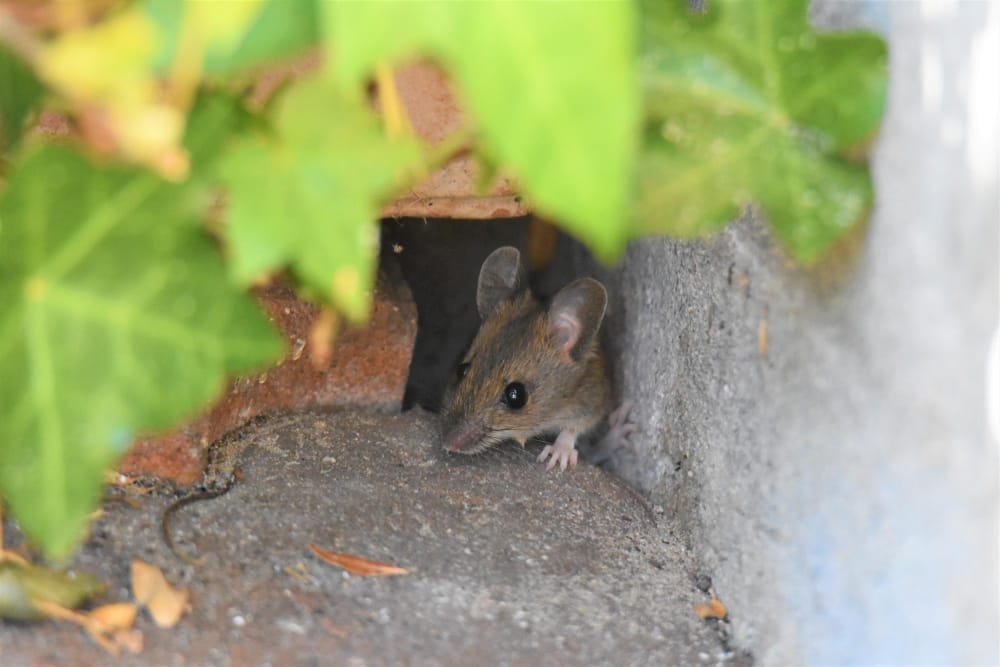
Cleaning after pest control is not a one-time event. Regular maintenance is essential to keep pests at bay:
Regular Inspections
Conduct regular inspections of your home or building to catch pest problems early. Look for signs such as droppings, gnaw marks, or strange odors.
Proper Waste Disposal
Dispose of garbage regularly, and always use sealable trash cans. This minimizes potential food sources for pests.
Maintain Cleanliness
Keep your space tidy and clean. Wipe down surfaces, store food in airtight containers, and promptly fix any leaks or spills.
While professional treatments do their part, cleaning up after them is crucial to fully completing the restoration process. In places where the pest scenario is more intense, such as severe rodent infestations, you may need specialized cleaning services to address the contaminated areas thoroughly.
For those in the Pittsburgh and Western Pennsylvania area seeking professional help, Bio-One offers rodent dropping cleanup services and post-pest control cleaning. Our expert team handles the most challenging biohazard cleanups.

By following this ultimate cleaning checklist, you'll be creating a barrier to repel pests and a healthy oasis for you and your family. If you need help, we're only a call away!
Bio-One of Pittsburgh is always ready to assist you in unexpected situations. Our expert specialists are always ready to assist you in dealing with highly pressurized situations that may be emotionally and physically draining, allowing you to focus on other vital activities while healing in a sanitary environment. Locally owned and operated, we provide the following:
Bio-One works closely with victim support centers nationwide and local authorities, communities, emergency services personnel, hoarding task forces, apartment communities, insurance companies, and other organizations to accomplish each customer's most efficient and superior service possible.
Many crime scene cleanup companies may face unexpected, unfortunate life events. Still, Bio-One is the right choice because of our expertise and profoundly caring and discreet specialists.
We are proud members of the NAPO Pittsburgh - National Association of Productivity & Organizing Professionals!
Bio-One of Pittsburgh serves the following Pennsylvania counties: Allegheny County, Washington County, Beaver County, Butler County, Armstrong County, Westmoreland County, Lawrence County, Greene County, Fayette County, and Mercer County.
We also serve the following cities and surrounding communities: from Allison Park all the way to Creighton, Crescent, Cuddy Curtisville, Millvale, Monroeville, Oakmont, Pitcairn, Pleasant Hills, Plum, Port Vue, Presto, Rankin, Rennerdale, Rural Ridge, Russellton, Sharpsburg, South Park to Springdale, we are ready to help you.

Have you ever wondered: "How common is animal hoarding?" Well, you should know that it is widely recognized as a complex mental health disorder. It involves an individual amassing large amounts of animals, unable to provide proper care and living conditions due to the sheer volume of creatures in their home or property. Often, hoarders believe they are helping the animals when in reality, they are causing immense suffering.
There are specific criteria that need to be met to define a situation as animal hoarding. Most notable among these are:
Animals living in hoarding situations often face severe neglect, and malnutrition, and are deprived of essential medical care. They may suffer from untreated injuries, illness, and a range of health conditions. Additionally, overcrowding can lead to the absence of socialization, space, and hygiene, creating an unfortunate environment ripe for the spread of diseases.
The psychological effects of animal hoarding on animals are equally harrowing. Animals living in hoarding situations can experience trauma, extreme stress, and behavioral disorders. The long-term well-being of these animals is in jeopardy, even if they are eventually rescued from such situations.
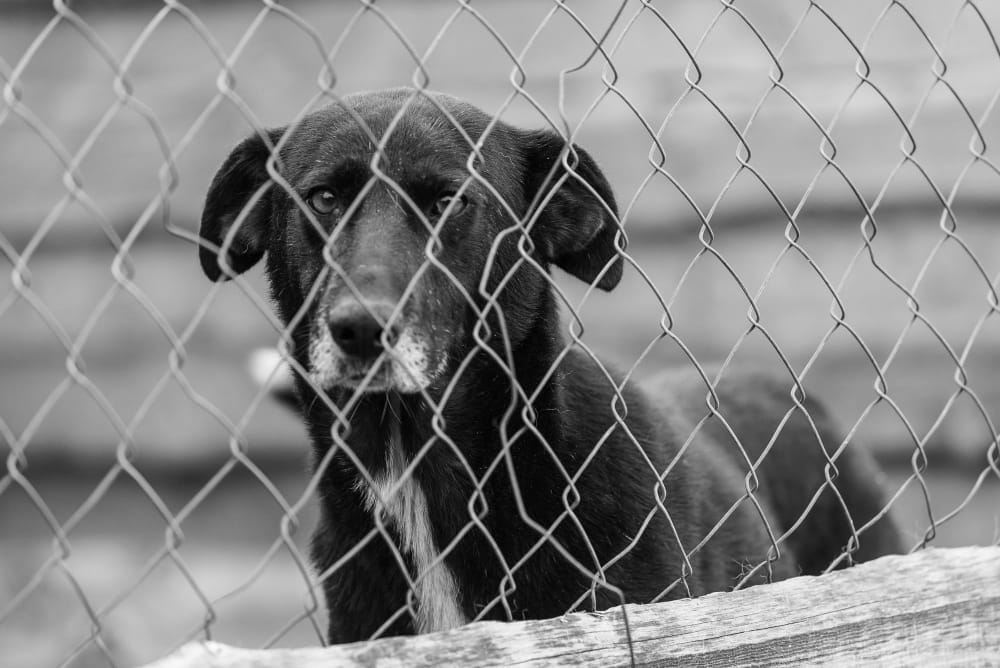
The effects of animal hoarding are not confined to the animals. This crisis has significant ramifications for hoarders and society at large.
Animal hoarding has been linked to various mental health disorders, including severe anxiety, depression, and personality disorders. The compulsive accumulation of animals can serve as a coping mechanism for underlying psychological pain. Recognizing hoarding as a mental health issue is crucial in providing appropriate support and treatment to the individuals involved.
In many jurisdictions, animal hoarding is a crime. Beyond the legal system, social repercussions such as stigma and ostracization add another layer of complexity to the lives of hoarders and the communities in which they live.
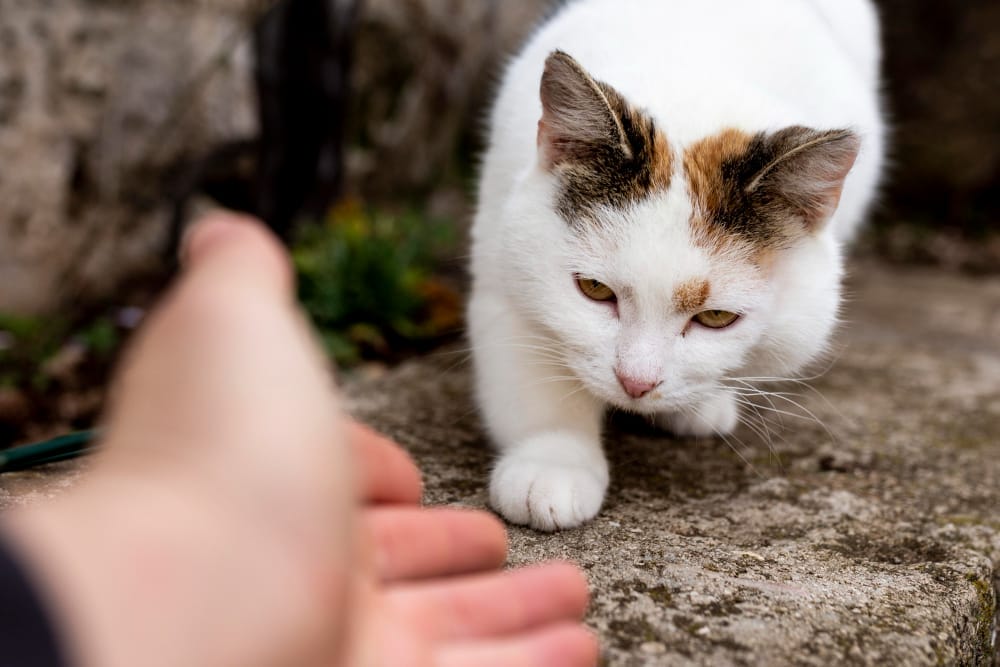
Prevention is always better than cure. Efforts focused on preventive education and support for individuals at risk of hoarding can be invaluable. Furthermore, support systems for hoarders that address their mental health needs and educate them on responsible animal care can help prevent escalation into hoarding behaviors.
See how you can get involved and help in a potential animal hoarding scenario: Report animal abuse and cruelty | The Humane Society of the United States

Our team at Bio-One of Pittsburgh can provide the necessary support, including network referrals for therapy, animal care, and legal support, to ensure every individual and animal involved in an animal hoarding case regains a healthy, nurturing environment. If you need help or know someone struggling with an animal hoarding situation, do not hesitate to reach out!
Bio-One of Pittsburgh is always ready to assist you in unexpected situations. Our expert specialists are always ready to assist you in dealing with highly pressurized situations that may be emotionally and physically draining, allowing you to focus on other vital activities while healing in a sanitary environment. Locally owned and operated, we provide the following:
Bio-One works closely with victim support centers nationwide and local authorities, communities, emergency services personnel, hoarding task forces, apartment communities, insurance companies, and other organizations to accomplish each customer's most efficient and superior service possible.
Many crime scene cleanup companies may face unexpected, unfortunate life events. Still, Bio-One is the right choice because of our expertise and profoundly caring and discreet specialists.
We are proud members of the NAPO Pittsburgh - National Association of Productivity & Organizing Professionals!
Bio-One of Pittsburgh serves the following Pennsylvania counties: Allegheny County, Washington County, Beaver County, Butler County, Armstrong County, Westmoreland County, Lawrence County, Greene County, Fayette County, and Mercer County.
We also serve the following cities and surrounding communities: from Allison Park all the way to Creighton, Crescent, Cuddy Curtisville, Millvale, Monroeville, Oakmont, Pitcairn, Pleasant Hills, Plum, Port Vue, Presto, Rankin, Rennerdale, Rural Ridge, Russellton, Sharpsburg, South Park to Springdale, we are ready to help you.

Discovering unwelcome rodents in your home can be more than a nuisance; it can pose serious health risks and create a need for a thorough and careful cleanup. This guide explores the most effective methods for cleaning up after mice and rodents. The sooner you detect a rodent infestation, the better. Mice and rats can be shy and are often detected by signs rather than sightings. Look for:
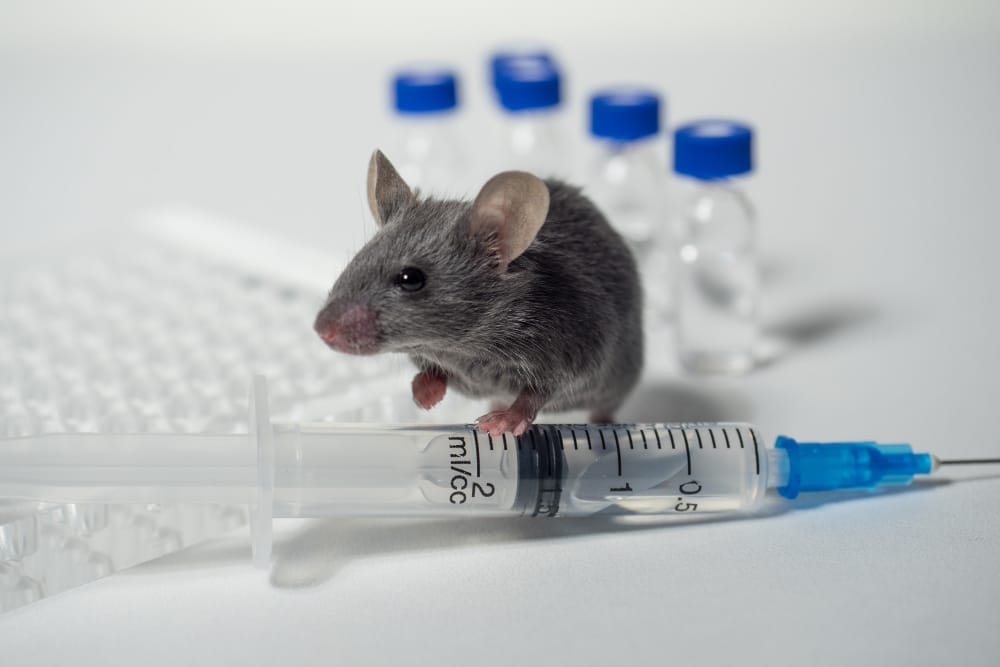
We covered it all in our latest post: Beyond the Nibbles: Common Diseases Spread by Rodents | Bio-One of Pittsburgh
When dealing with rodents, it is crucial to prioritize safety. Always wear protective gear, including:
Disclaimer: In some cases, it may be best to hire professional cleaning services, especially when dealing with large infestations or environments where the safety of the cleanup team cannot be adequately assured.
Ventilation
Before starting, open windows or use fans to create airflow. Vent the area for at least 30 minutes to minimize the spread of airborne particles.
Removal of Droppings and Nests
Wear protective gear and use wet techniques, such as spraying or wiping with a damp cloth, to minimize dust and airborne particles.
Though highly suggested by some cleaning companies, the Centers for Disease Control and Prevention DO NOT recommend vacuuming rodent droppings and waste, as this may lead to an increase in harmful airborne particles.
Disinfection
Once all droppings and nests have been removed, disinfect the area using a bleach solution or commercial EPA-approved disinfectant. Be sure to follow the instructions on the product label and allow for proper ventilation during and after application.
Storage and Disposal of Contaminated Materials
Once all contaminated materials have been removed and disinfected, place them in sealable plastic bags or containers for proper disposal. These should be labeled as hazardous waste and disposed of according to local regulations.

After cleaning up after mice, it's important to take preventative measures to avoid future infestations. This includes sealing any cracks or holes in the walls or foundation of your home, storing food in airtight containers, and regularly cleaning up crumbs and spills.
Learn more about expert tips for cleaning up after mice by visiting: Cleaning Up After Rodents: The Most Important Areas to Tackle | Bio-One of South OC
By following these comprehensive approaches, you can ensure your home is thoroughly clean and safe after experiencing a rodent infestation. Remember, above all, take every precaution to safeguard your health when undertaking any cleanup process. It's always best to consult a professional cleaning company like Bio-One of Pittsburgh for expert assistance in dealing with rodent infestations.

Bio-One of Pittsburgh is always ready to assist you in unexpected situations. Our expert specialists are always ready to assist you in dealing with highly pressurized situations that may be emotionally and physically draining, allowing you to focus on other vital activities while healing in a sanitary environment. Locally owned and operated, we provide the following:
Bio-One works closely with victim support centers nationwide and local authorities, communities, emergency services personnel, hoarding task forces, apartment communities, insurance companies, and other organizations to accomplish each customer's most efficient and superior service possible.
Many crime scene cleanup companies may face unexpected, unfortunate life events. Still, Bio-One is the right choice because of our expertise and profoundly caring and discreet specialists.
We are proud members of the NAPO Pittsburgh - National Association of Productivity & Organizing Professionals!
Bio-One of Pittsburgh serves the following Pennsylvania counties: Allegheny County, Washington County, Beaver County, Butler County, Armstrong County, Westmoreland County, Lawrence County, Greene County, Fayette County, and Mercer County.
We also serve the following cities and surrounding communities: from Allison Park all the way to Creighton, Crescent, Cuddy Curtisville, Millvale, Monroeville, Oakmont, Pitcairn, Pleasant Hills, Plum, Port Vue, Presto, Rankin, Rennerdale, Rural Ridge, Russellton, Sharpsburg, South Park to Springdale, we are ready to help you.

To begin a deep exploration into the realms of hoarding and collecting is to steer into what is, for many, uncharted territory – one that's as intriguing as it is complex. The subjects of hoarding and collecting often intertwine, yet they carry vastly different connotations and implications. In this post, we'll unpack the nuances of these behaviors, understand the attraction, and shed light on the potential dangers – all while offering a glimpse into the sensitive and seldom-discussed aspects of Hoarding Disorder.
At its core, collecting is an inherently human practice. Since ancient times, people have gathered objects they find beautiful, interesting, or valuable. The psychology of collecting can be as diverse as the collections themselves. Some collect to fill emotional gaps, seeking the rush of acquiring a new item to combat feelings of loneliness or inadequacy. Others collect as a form of investment or a means of expressing their tastes and identities. Whatever the reason, the act of collecting offers a connection to history, a marker of identity, and a sense of control over one’s surroundings.
The allure of collecting spans several psychological motivations. For some, it’s the thrill of the hunt, the anticipation leading up to acquiring a coveted item. The completion of a collection can bring immense satisfaction, a sense of accomplishment and control, and even validation. Each item serves as a physical reminder of the collector’s interests and aesthetic preferences, acting as an anchor for their memories and experiences.
Collecting can be an inherently social behavior, creating communities around shared interests. The internet has particularly amplified this social aspect, allowing collectors to connect globally, share advice, and display their collections online. In doing so, collectors can find a sense of belonging and recognition within their respective communities. Their collections, then, become a means of articulating their individuality and values, sometimes even functioning as a source of pride and personal legacy.

Where collecting can be an organized, purposeful pursuit, hoarding is often characterized by the accumulation of possessions to the point where living spaces become unusable. Among the many dangers of hoarding is the very real risk to one’s health and home safety. The inability to discard items can lead to fire hazards, health code violations, and unsanitary conditions.
The mass of items that hoarders accumulate often leads to homes filled beyond capacity, creating pathways through the space at best and blocked exits at worst. These conditions can result in trips and falls, respiratory problems due to dust and mold, and even more devastating consequences in the case of an emergency where rapid evacuation is necessary.
Hoarding can have profound impacts on the mental well-being of those who suffer from it, as well as on their family members who may struggle to understand and cope with the behavior. The feeling of distress when trying to discard items, anxiety about the loss of potential value or the usefulness of objects, and the growing isolation from social consequences can all contribute to a downward spiral in mental health.
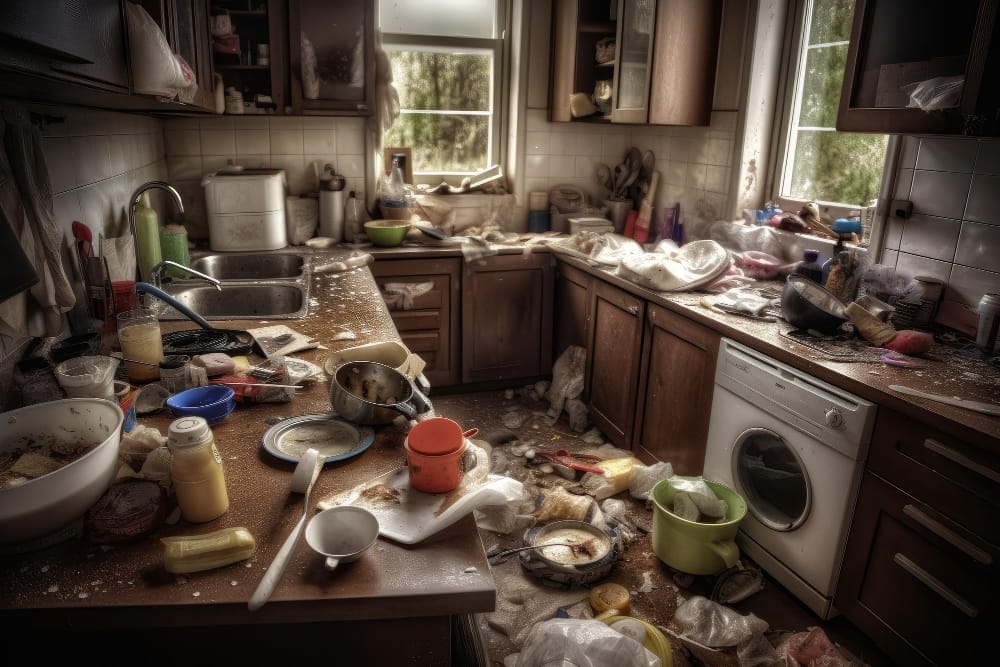
Learn more: Hoarding and Health - How Much has Hoarding Affected You? | Bio-One of Poway
The line between collecting and hoarding is not always clear-cut. For many enthusiasts, their vast arrays of items are meticulously organized and well-cared for. However, it's important to recognize that there is a spectrum of behavior, and what begins as seemingly benign collecting can, in some cases, develop into a Hoarding Disorder.
Learn more: Are Hoarding and Collecting Different? | Bio-One of Chula Vista
Whether you are the one who hoards or feels the weight of the situation as a family member or friend of a hoarder, it's important to acknowledge these feelings and seek support. Addressing hoarding behavior often requires a multifaceted approach, which may include therapy, support groups, and professional cleanup services.
One of the main concerns with hoarding is that people fail to realize they have a problem! The world of collecting and hoarding is complex, but not without hope. By understanding the allure of collecting and the dangers of hoarding, we can approach these behaviors with empathy and the necessary tools to seek help or support loved ones.
Bio-One of Pittsburgh provides discreet hoarding cleanup services to help restore a safe and healthy living environment. Don't let hoarding take over your life or the life of someone you care about. Reach out for help and start taking steps towards a happier and healthier future. Thank you for reading, and remember, you are not alone in this journey!
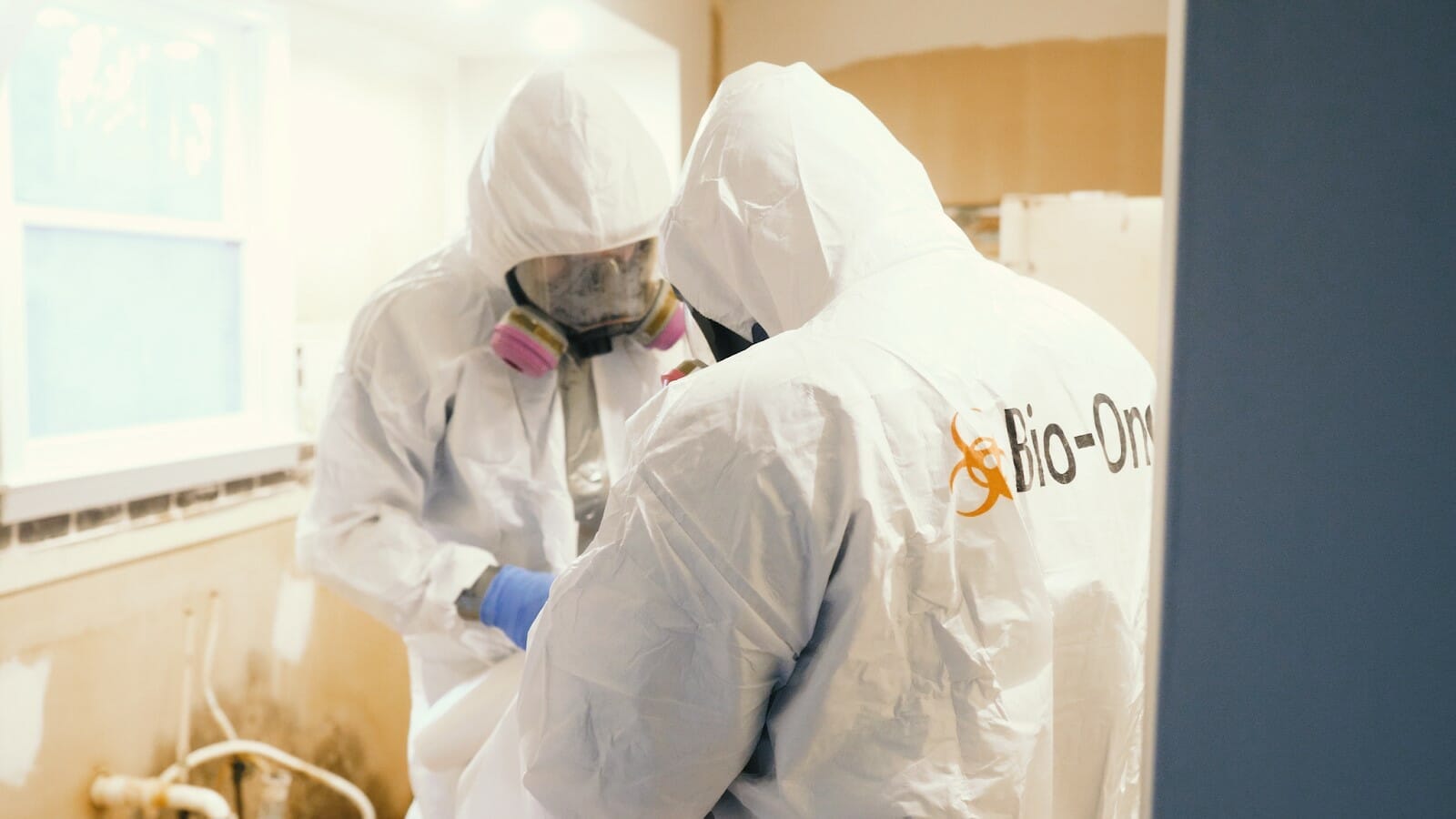
Bio-One of Pittsburgh is always ready to assist you in unexpected situations. Our expert specialists are always ready to assist you in dealing with highly pressurized situations that may be emotionally and physically draining, allowing you to focus on other vital activities while healing in a sanitary environment. Locally owned and operated, we provide the following:
Bio-One works closely with victim support centers nationwide and local authorities, communities, emergency services personnel, hoarding task forces, apartment communities, insurance companies, and other organizations to accomplish each customer's most efficient and superior service possible.
Many crime scene cleanup companies may face unexpected, unfortunate life events. Still, Bio-One is the right choice because of our expertise and profoundly caring and discreet specialists.
We are proud members of the NAPO Pittsburgh - National Association of Productivity & Organizing Professionals!
Bio-One of Pittsburgh serves the following Pennsylvania counties: Allegheny County, Washington County, Beaver County, Butler County, Armstrong County, Westmoreland County, Lawrence County, Greene County, Fayette County, and Mercer County.
We also serve the following cities and surrounding communities: from Allison Park all the way to Creighton, Crescent, Cuddy Curtisville, Millvale, Monroeville, Oakmont, Pitcairn, Pleasant Hills, Plum, Port Vue, Presto, Rankin, Rennerdale, Rural Ridge, Russellton, Sharpsburg, South Park to Springdale, we are ready to help you.

Few occurrences are as chilling to a homeowner as the skittering sound of a mouse or the flicker of movement in the corner of the eye that signifies a potential rodent infestation. However, the threat of a pest is not merely the inconvenience of food being nibbled or nests being made in the attic; more insidious dangers lurk. Take a look at the pervasive but often underestimated health risks that come hand-in-hand with diseases spread by rodents.
Rodents may be small, but they carry hefty dangers. Here's a closer look at the diseases that can be spread:
Originating in North America, Hantavirus Pulmonary Syndrome (HPS) is a rare but severe and potentially fatal respiratory disease. It is spread through contact with the secretions of infected rodents, particularly droppings, and urine, or by inhaling dust contaminated with rodent urine or droppings. Early symptoms include fever, chills, muscle aches, and coughing, and can quickly progress to severe difficulty in breathing. The species that carry Hantavirus vary by region and include deer mice, cotton rats, and rice rats.
Learn more: Hantavirus Pulmonary Syndrome (HPS) | CDC
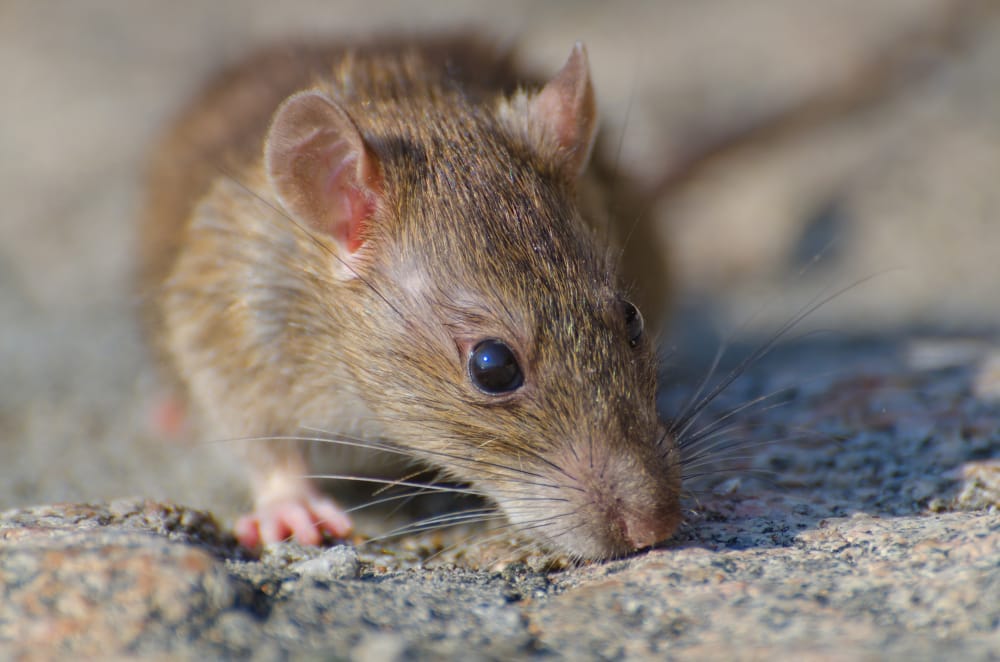
Leptospirosis is a bacterial disease caused by bacteria of the genus Leptospira. Humans can become infected through contact with water, soil, or food contaminated by the urine of infected animals. In the case of rodents, direct contact or through contact with their urine presents a risk. This disease can range from mild and asymptomatic to severe with kidney or liver failure. Early symptoms mimic those of the flu, making it harder to diagnose and leading to increased risk if untreated.
Learn more: Leptospirosis | CDC
Perhaps unsurprisingly, the name of this disease is quite revealing. Rat-bite fever can be contracted through bites or scratches from rodents such as rats, as well as through contact with their droppings or urine. Symptoms include fever, vomiting, headaches, and body aches, and it can be particularly dangerous for pregnant women or people with weakened immune systems.
Learn more: Signs and Symptoms of Rat-bite Fever | CDC
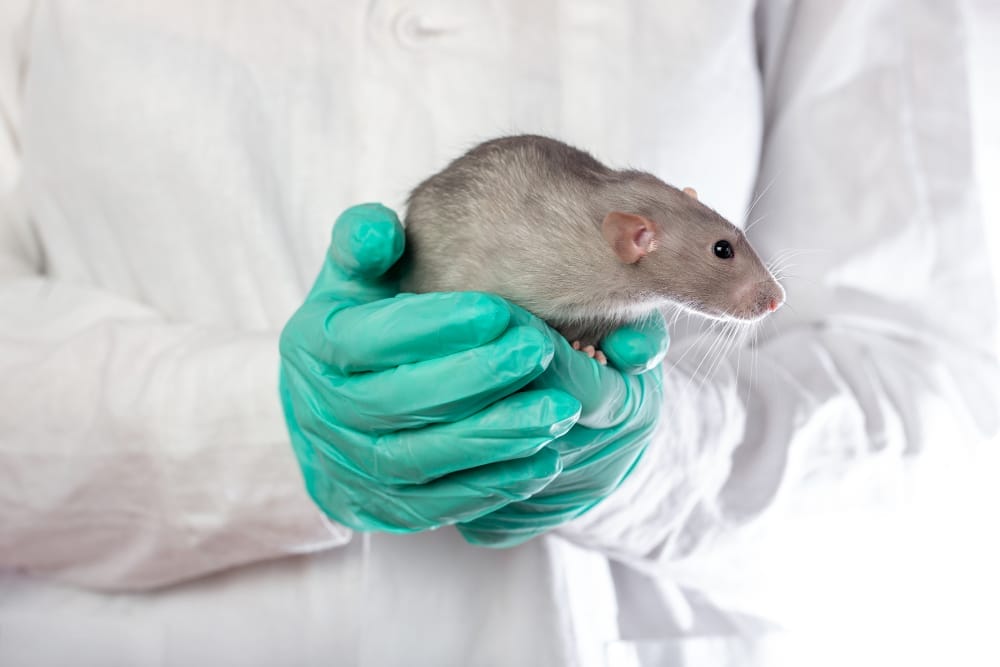
Salmonellosis, caused by the bacteria Salmonella, can lead to salmonella infection in humans. The bacteria are typically spread through contaminated food, but rodent infestations can lead to the spread within the home environment. Symptoms include diarrhea, fever, and abdominal cramps, and while most people recover without treatment, severe complications can occur.
Learn more: Questions and Answers | Salmonella | CDC
The first step in protecting yourself from the diseases spread by rodents is recognizing their presence in your home. Here are some common red flags to watch for:
Proper identification of a potential problem can drastically improve the chances of early eradication, preventing the spread of rodent-related diseases.
When faced with a rodent infestation, you should prioritize both the removal of the pests and the remediation of any potential health hazards they've left behind. Bio-One of Pittsburgh can assist with this critical process. Our teams are experts in cleaning up rodent droppings and urine.
By taking a proactive approach to maintaining a pest-free home, you're investing in the health and safety of your family and loved ones. Remember, even the smallest of rodents can carry the gravest of risks—don't take them for granted. Give us a call for a free consultation in the Western Pennsylvania area!

Bio-One of Pittsburgh is always ready to assist you in unexpected situations. Our expert specialists are always ready to assist you in dealing with highly pressurized situations that may be emotionally and physically draining, allowing you to focus on other vital activities while healing in a sanitary environment. Locally owned and operated, we provide the following:
Bio-One works closely with victim support centers nationwide and local authorities, communities, emergency services personnel, hoarding task forces, apartment communities, insurance companies, and other organizations to accomplish each customer's most efficient and superior service possible.
Many crime scene cleanup companies may face unexpected, unfortunate life events. Still, Bio-One is the right choice because of our expertise and profoundly caring and discreet specialists.
We are proud members of the NAPO Pittsburgh - National Association of Productivity & Organizing Professionals!
Bio-One of Pittsburgh serves the following Pennsylvania counties: Allegheny County, Washington County, Beaver County, Butler County, Armstrong County, Westmoreland County, Lawrence County, Greene County, Fayette County, and Mercer County.
We also serve the following cities and surrounding communities: from Allison Park all the way to Creighton, Crescent, Cuddy Curtisville, Millvale, Monroeville, Oakmont, Pitcairn, Pleasant Hills, Plum, Port Vue, Presto, Rankin, Rennerdale, Rural Ridge, Russellton, Sharpsburg, South Park to Springdale, we are ready to help you.